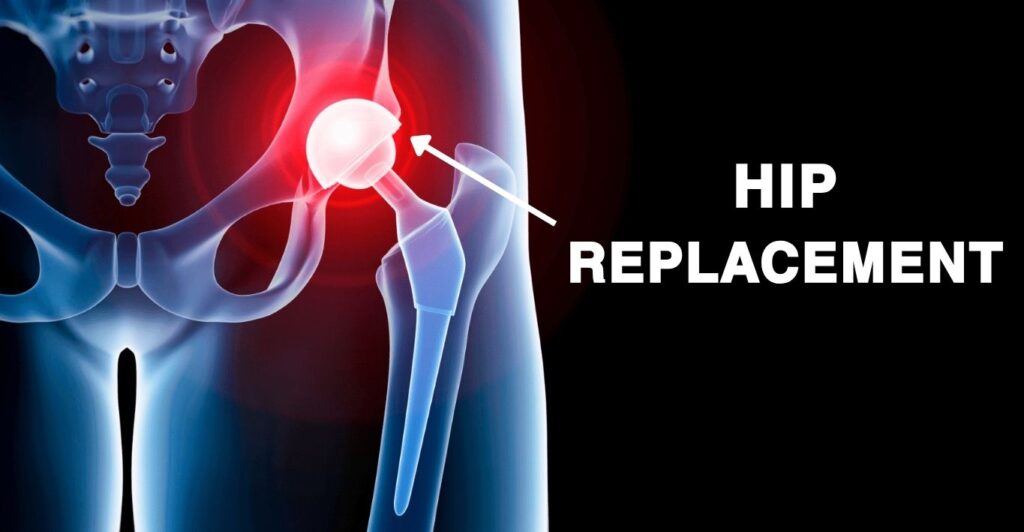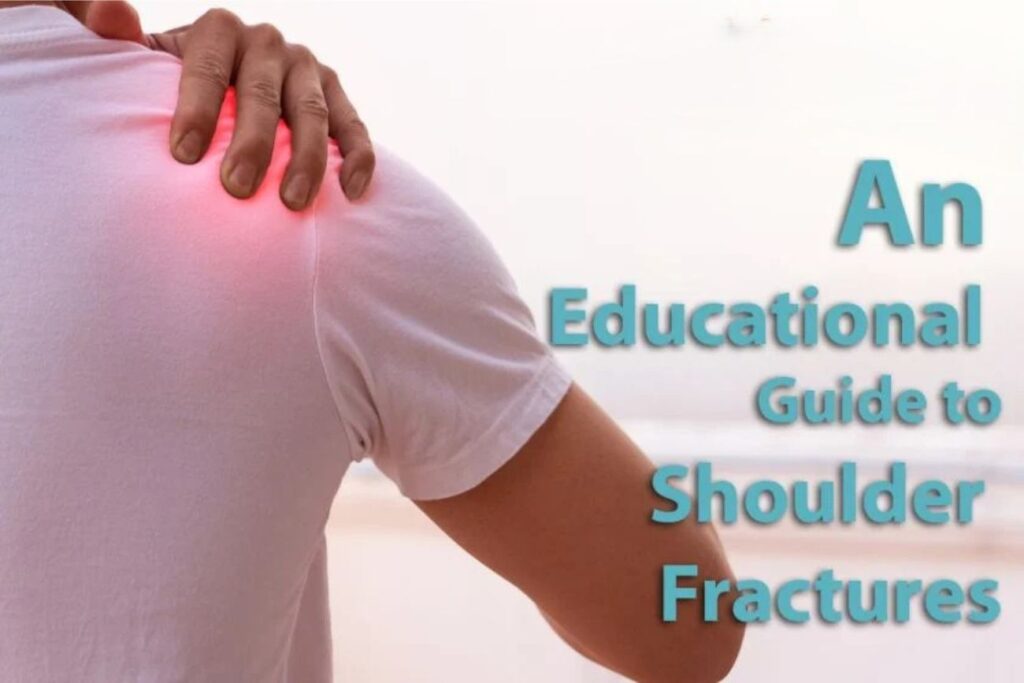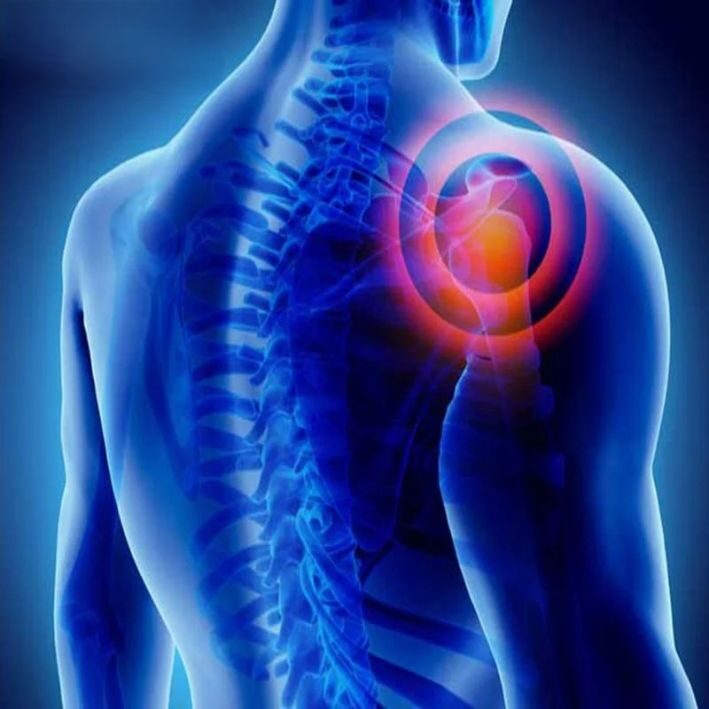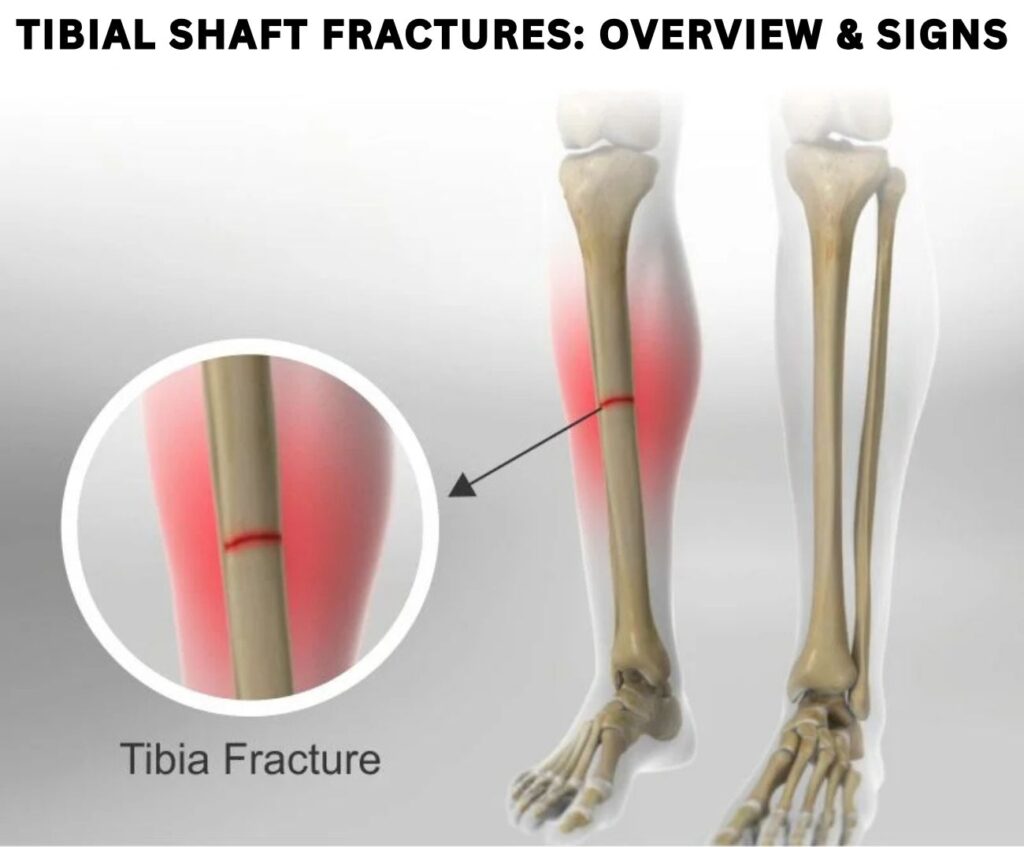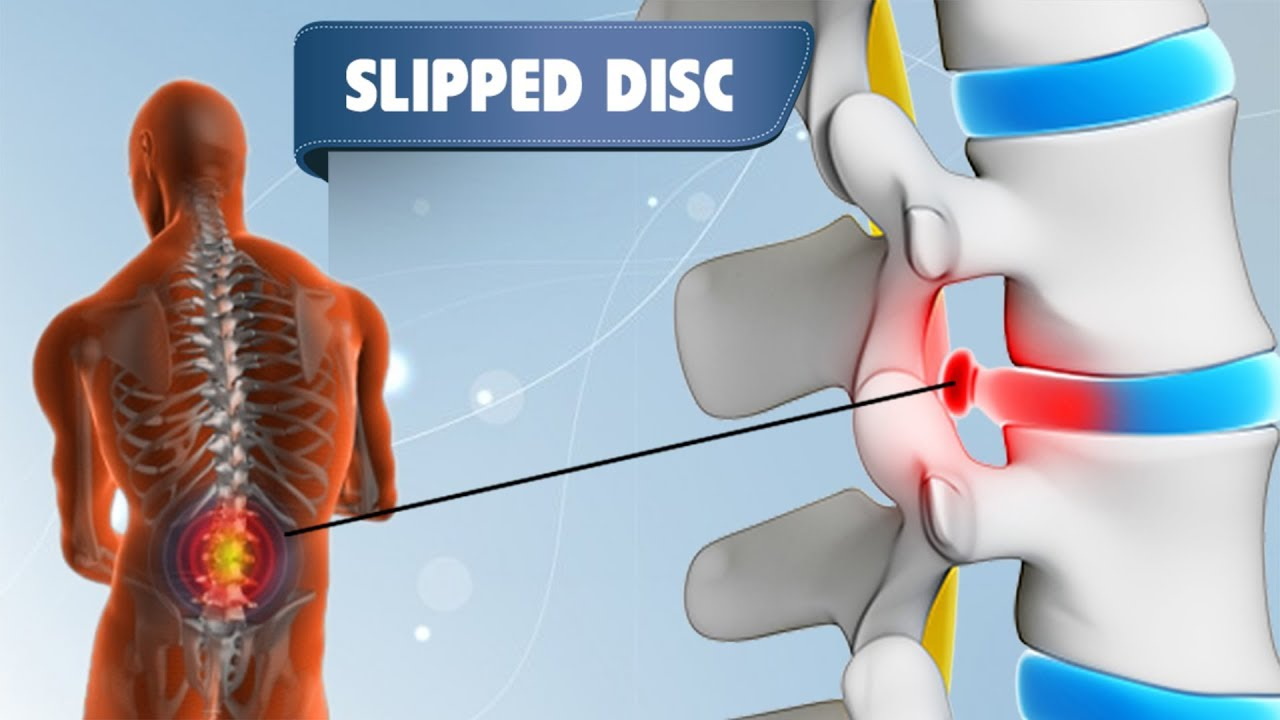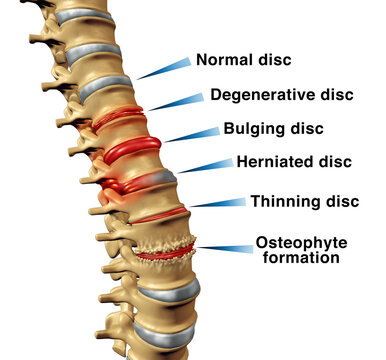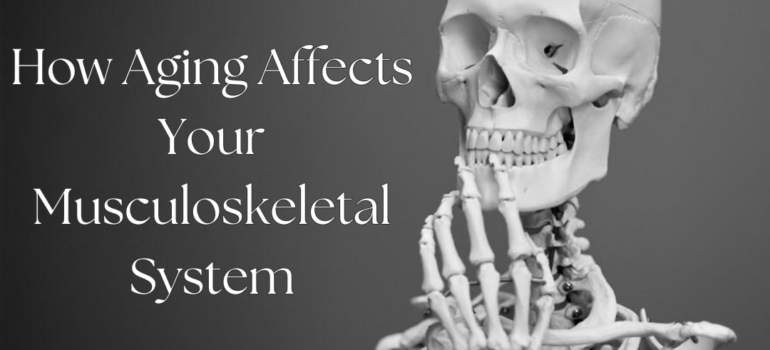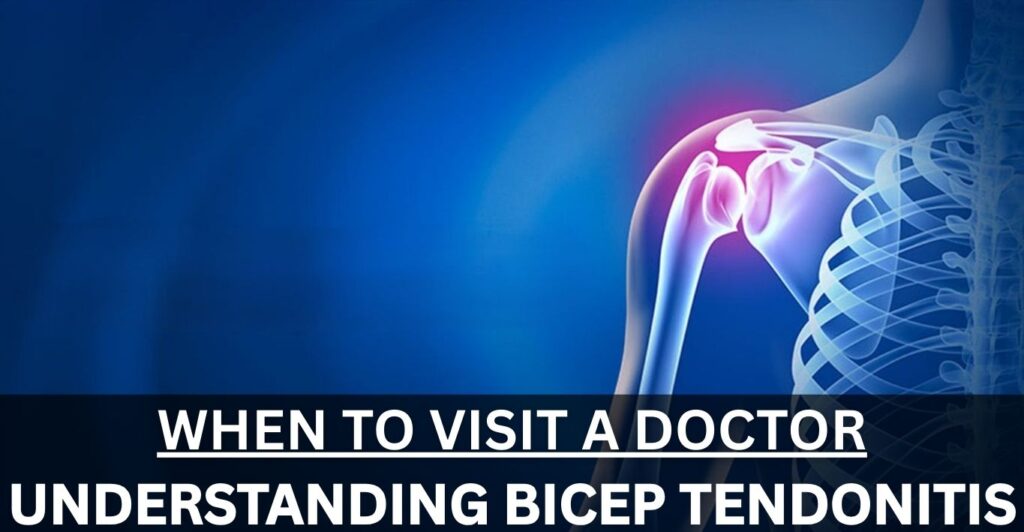
WHAT IS BICEP TENDONITIS?
Bicep tendonitis occurs when the tendon that connects your biceps muscle to your shoulder becomes irritated or inflamed. The biceps has two tendons at the shoulder (the long head and the short head), but the long head tendon is most commonly affected.
Over time, repetitive motion, strain, or acute injury can cause microtears in the tendon, resulting in swelling and pain.
CAUSES:
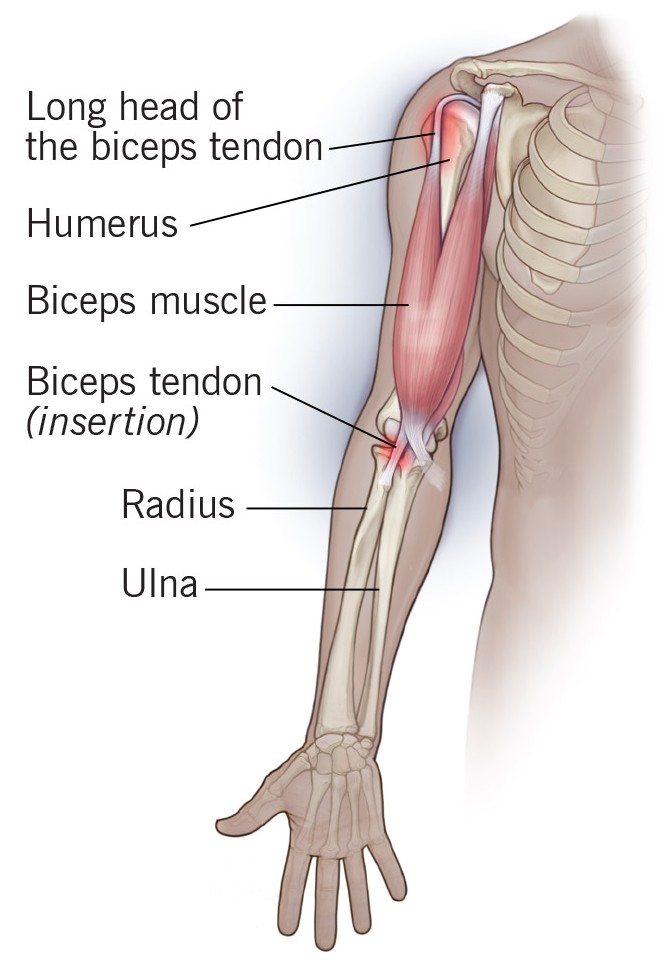
Several factors can contribute to bicep tendonitis, including:
◼️Repetitive overhead activities
(swimming, tennis, baseball, weightlifting)
◼️Sudden increase in physical activity
◼️Poor lifting technique
◼️Aging and natural wear-and-tear
◼️Shoulder instability or impingement
◼️Trauma or overuse injuries
SYMPTOMS:
◼️Pain in the front of the shoulder
◼️Discomfort that worsens with
overhead or pulling movements
◼️Tenderness to the touch
◼️A clicking or snapping sensation
when moving the shoulder
◼️Mild swelling around the tendon
◼️Weakness during lifting or rotating
the arm
Left untreated, tendonitis can progress to more severe conditions such as tendon tears or shoulder impingement syndrome.
WHEN TO VISIT A DOCTOR:
While mild bicep tendonitis often improves with rest and conservative care, certain signs indicate that it’s time to see a healthcare professional:
◼️Persistent Pain: If pain lasts longer than 7–10 days despite home treatment.
◼️Increasing Weakness: Difficulty lifting everyday objects or performing normal movements.
◼️Severe Pain After an Injury: Sharp pain accompanied by a popping sound could indicate a tendon
tear.
◼️Visible Bulging in the Bicep: A “Popeye deformity” suggests a tendon rupture and requires medical
attention.
◼️Inability to Move the Arm Normally: Reduced range of motion or instability could mean a more
complex shoulder problem.
◼️Swelling, Redness, or Warmth: These symptoms may point to infection or significant inflammation.
For more information, talk to a healthcare provider.
If you have any questions about WHAT IS BICEP TENDONITIS? Please feel free to leave a comment.
Do share this blog with your friends and family!




